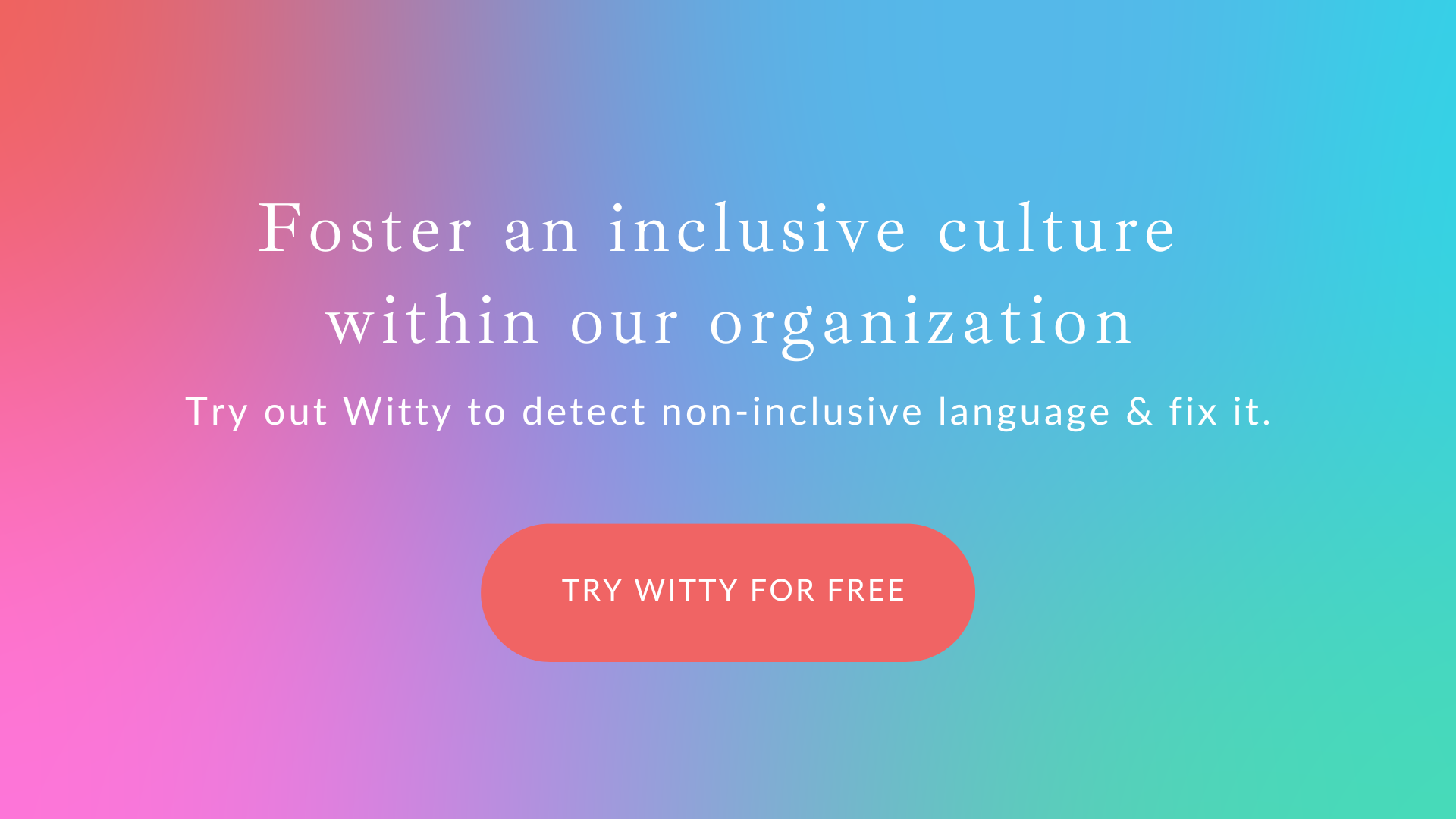What is Inclusive Behavior?
Inclusive behavior refers to actions, language, and attitudes that create a welcoming and accepting environment for all individuals, regardless of their race, gender, age, religion, sexual orientation, physical ability, or any other characteristic. Role models of inclusive behavior set an example for others to follow and help create a more positive and equitable environment for everyone. It involves treating everyone with respect, dignity, and fairness, valuing diverse perspectives and experiences, and actively seeking to include and involve all individuals in decision-making processes and discussions. Inclusive behavior aims to eliminate discrimination, bias, and marginalization, and promote equality and diversity in the workplace.
Benefits of Inclusive Behavior
Inclusive behavior in the workplace can have several benefits, including:
- Improved productivity: An inclusive culture can lead to improved productivity because when individuals feel included, they experience greater psychological safety, leading to increased engagement, motivation, and commitment to their work.
- Enhanced creativity and innovation: Diverse perspectives and experiences can bring new ideas and solutions to the table, leading to increased creativity and innovation.
- Better problem-solving: Inclusive teams can bring together different skills and knowledge, leading to better problem-solving abilities.
- Increased employee morale and job satisfaction: When individuals feel valued and respected, they are more likely to enjoy their work and have higher job satisfaction.
- Reduced turnover and absenteeism: Employees who feel included and valued are more likely to stay with an organization, leading to reduced turnover and absenteeism.
- Enhanced reputation and brand image: Organizations that promote inclusion and diversity in their workplace are viewed positively by customers, investors, and the community, enhancing their reputation and brand image.
Tips for Practicing Inclusive Behavior
Practicing inclusive behavior involves being mindful of the needs and experiences of people from different backgrounds and perspectives and making an effort to create an environment where everyone feels welcome and valued. Here are some tips for practicing inclusive behavior:
- Educate yourself: Take the time to learn about different cultures, beliefs, and perspectives. Attend webinars, read articles, and watch documentaries to gain a better understanding of the experiences of people from different backgrounds.
- Listen actively: Listen to people with an open mind and without interrupting them. Show interest in their experiences and perspectives, and ask questions to clarify what they’re saying.
- Practice empathy: Try to put yourself in someone else’s shoes and imagine how they might feel in a particular situation. Show empathy and understanding towards others, and treat them with kindness and respect.
- Use inclusive language: Language builds culture. We can use inclusive language to build and foster an inclusive culture within our organizations. However, it’s sometimes hard to implement because we are not always aware of what biased language is, especially if it is unconscious bias hidden in words. That’s where software comes in handy: Use a tool like Witty to write inclusively everywhere and all the time. It even helps you to understand the bias behind the word and thus supports you in learning to behave more inclusively in interpersonal exchanges. Use language that is gender-neutral and respectful of different diverse cultural backgrounds. Avoid using language that could be considered derogatory or offensive.
- Avoid stereotypes: Avoid making assumptions about people based on their gender, race, ethnicity, religion, or other characteristics. Recognize that individuals are unique and should be treated as such.
- Create psychological safety: Make an effort to create an environment where everyone feels welcome and valued and where they can express their opinions freely. Celebrate diversity and encourage others to do the same.
- Speak up: If you witness behavior or read/hear language that is exclusionary or discriminatory, speak up and address it in a respectful and constructive manner. This can help create a more inclusive environment for everyone.
To foster a thriving workplace, it's imperative to cultivate an environment that values inclusion and actively discourages non-inclusive behavior. This approach not only promotes a positive workplace culture and brand but also drives employee and customer engagement. Moreover, it boosts productivity, encourages innovation, and attracts top talent to the organization.







